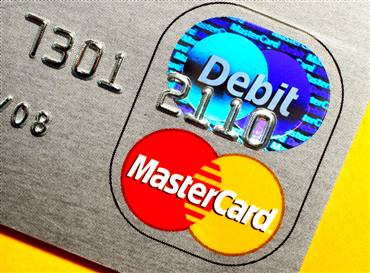
An international debit card is a globally recognized plastic card that provides an alterative payment method to cash and checks in making purchases. Functionally, a debit card can be called an electronic check, as funds are directly debited from the holders related bank account. The use of international debit cards have gained great popularity over almost all countries of the world and in many of these countries have almost replaced the check and even cash on some instances for voluminous trade transactions.
International debit cards are also known as convenient ways of instant cash withdrawal, serving as the ATM card for withdrawing cash and at the same time a check guarantee card. Many merchants now offer cashback or cashout facilities to customers where the customer can withdraw cash together with their purchase through his debit card. International debit cards are now also means of protecting oneself from frozen bank accounts as offshore bank accounts under Panaman Laws are protected from the legislation of ones state.
Credit or Debit?For card holders, the difference between a debit card and a credit card is that the debit card deducts the balance from the holders deposit account while the credit card allows the consumer to spend on credit to the issuing bank. Stated differently, the debit card spends the money the holder has while the credit card spends money the issuing bank has. There are also combined credit+debit cards in which a debit card linked directly to a checking account serves as a debit card and credit card at the same time. The holder has the option whether the purchase he makes will be under a debit card or credit card system. If the holder uses it as a debit card the cost of purchase will be deducted from his bank account while if he opts to use it as a credit card the cost will be debited on the credit balance.
The debit networks usually require that a personal identification number be supplied while the credit networks typically require that purchases be made in person and often allow cards to be charged with only a signature, and/or picture ID.
An example of the front of a typical debit card: 1. Issuing bank logo 2. EMV chip 3. Hologram 4. Card number 5. Card brand logo 6. Expiry date 7. Cardholder's name
An example of the reverse side of a typical debit card: 1. Magnetic stripe 2. Signature strip 3. Card Security Code
Although many international debit cards are of the Visa or MasterCard brand, there are many other types of debit card, each accepted only within a particular country or region, for example Maestro and Solo in the United Kingdom, Interac in Canada, Carte Bleue in France, Laser in Ireland, EC Electronic Cash in Germany and EFTPOS cards in Australia and New Zealand. The need for cross-border compatibility and the advent of the euro recently led to many of these card networks (such as Switzerland's "EC direkt", Austria's "Bankomatkasse" and Switch in the United Kingdom) being re-branded with the internationally recognized Maestro logo, which is part of the MasterCard brand. Some debit cards are dual branded with the logo of the (former) national card as well as Maestro (e.g. EC cards in Germany, Laser cards in Ireland, Switch and Solo in the UK, Pinpas cards in the Netherlands, Bancontact cards in Belgium, etc.). The use of a debit card system allows operators to package their product more effectively while monitoring customer spending. An example of one of these systems is ECS by Embed International.
2-GetCash offers the same reliable and convenient international debit card without hidden, extra, annual, cash conversion or cash transaction charges. The only time you will be paying is when you buy the card and have your offshore bank account set up.
No comments:
Post a Comment